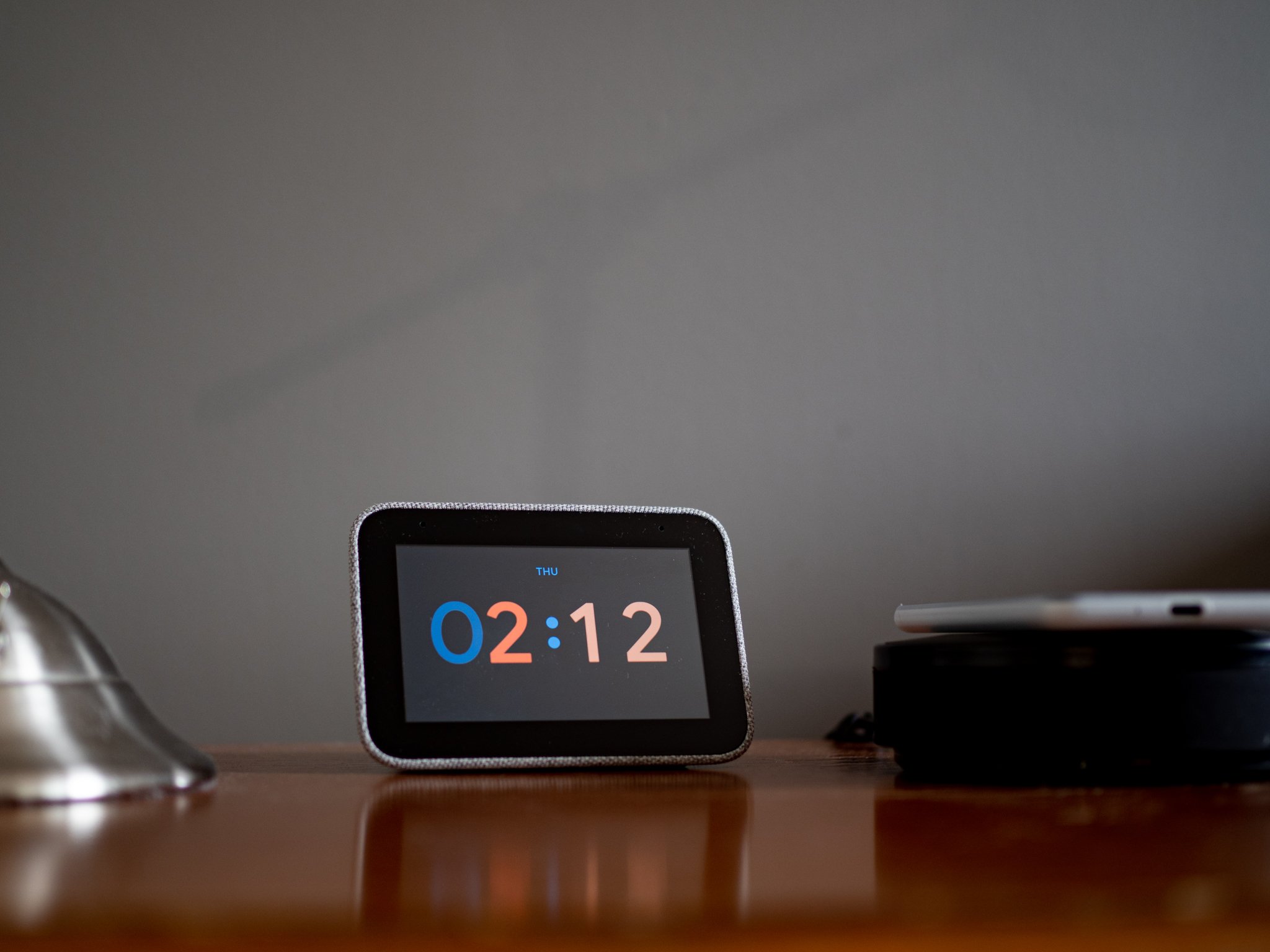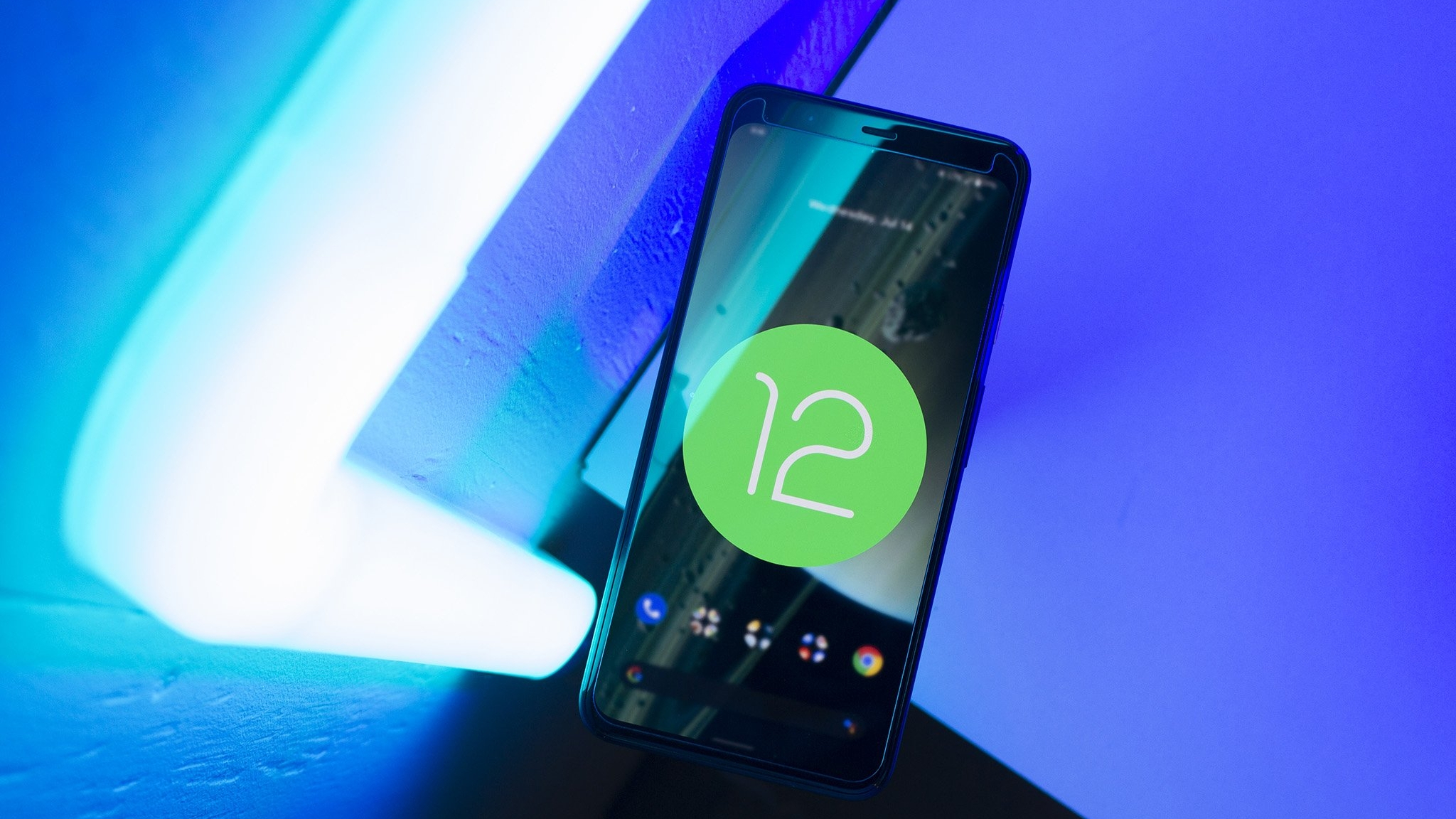I'm not a morning person; never have, and despite recently having a baby, likely never will be. But I've always tended to rely on whatever's convenient to wake me up in the morning — my phone usually, but also various types of wearables, from the Bose Sleepbuds (which are connected earplugs and totally amazing) to various Fitbits that buzz my wrist disconcertingly when it's time to get up.
I've also had an Amazon Echo Spot next to my bed for the last few months — its oddball round design won many hearts since its release two years ago, but I was never quite convinced the tiny form factor and tinny speaker was worth its $130 asking price.
Now we have a direct competitor to the Spot in the form of Lenovo's $80 Smart Clock. It's a shrunken-down Smart Display at its core, but one that feels, with its fabric outer layer, much more like something Google would design. In fact, the most apt comparison I can make is that it's a Google Home Mini with a tiny 4-inch display.
But is it worth your money? With Google Assistant and most of the smart display ecosystem's growing list of features, I'd say it's a pretty damn good product, though one that may quickly be supplanted in value by Amazon's brand new Echo Show 5. Gotta love competition.
The good
- Small and accessible design
- Google Assistant is fast and usually accurate
- Lots of built-in clock face designs
- Decent-sounding speaker for the size
The bad
- Screen quality is lackluster
- Doesn't support many of the smart display features found on Google Nest Hub
Lenovo Smart Clock What I like
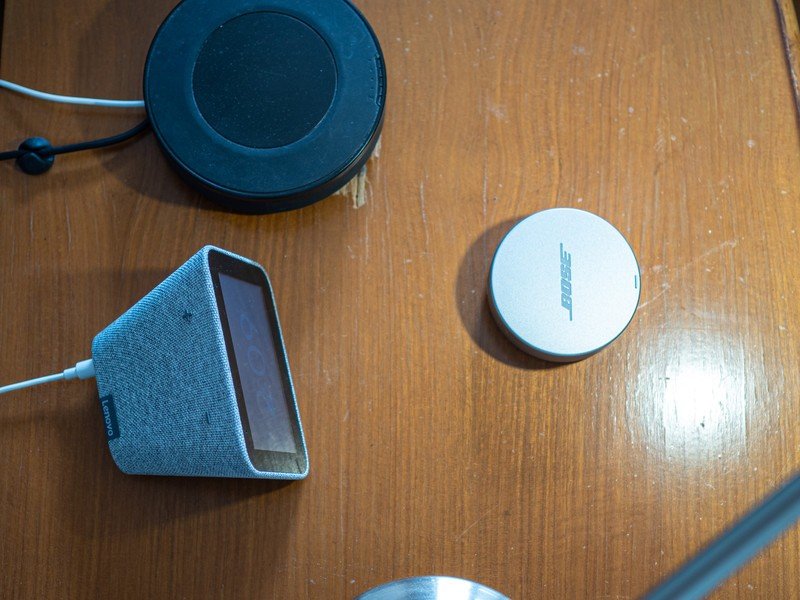
First, let's get an important distinction out of the way. There's Google's 'smart display' platform, which includes software designed around a visual version of Google Assistant. Google makes the software and advises the companies that make the hardware (though it's also dipped its toe into the smart display hardware game with the Nest Hub and upcoming Nest Hub Max). And then there's the Lenovo Smart Display, which was the first product built on that platform.
All that's to say the Smart Clock is both a smart display and a smaller version of Lenovo's own Smart Display. Confused yet? Don't be. All you need to know is that this bespoke little gadget serves a purpose and fulfills it with aplomb.
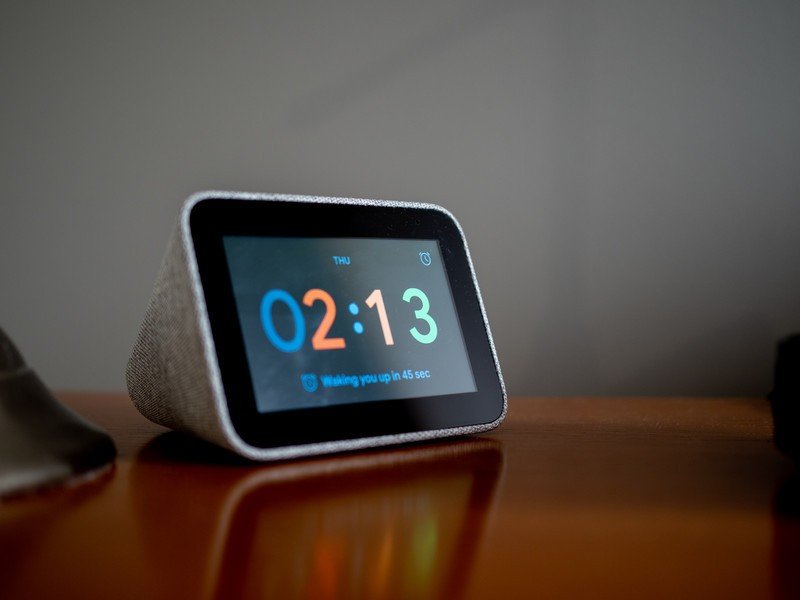
The Smart Clock is one of those purpose-built products that you can't help but like. It doesn't overstate its ambition but what it can do it does really well.
The 4-inch display is quite low-resolution — it has an old-school phone res of 800x480 and the LCD panel is neither vibrant nor does it have the viewing angles you'd expect from a phone. It's also running a pretty pitiful 1.5GHz MediaTek SoC with a scant gigabyte of RAM. But who cares? A phone this isn't, and the hardware's all good enough to let it do what it does best: respond to your voice, and occasionally your touch, so it can sit next to your bed and wake you up pleasantly with a soft alarm or a song from Spotify or the latest episode of The Daily.
To be a good alarm clock is table stakes, but what else can it do? Of course, it can respond to your "Hey Google" commands by turning on the lights or checking the weather, or even quickly viewing a Nest Cam feed. If you tell it "Good morning" it will lay out your day, from news to calendar to weather.
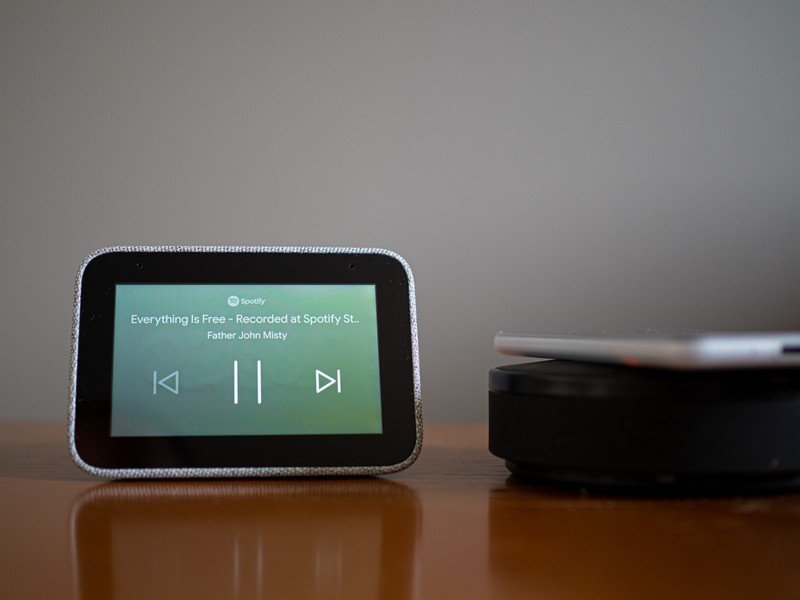
It can play music from a variety of sources, including Spotify and YouTube Music, and Google's partnership with TuneIn lets you play pretty much any domestic radio station on earth.
And when the alarm goes off, you can stomp the top of the unit with your hand to either snooze or stop the racket. It's a throwback, for sure, but an appreciated one. Similarly, a dedicated mute switch ensures you can be confident the Smart Clock isn't picking up your voice when you don't want it to, and the USB-A port around back lets you plug in your phone at night — albeit at ultra-slow 2.5W speeds.
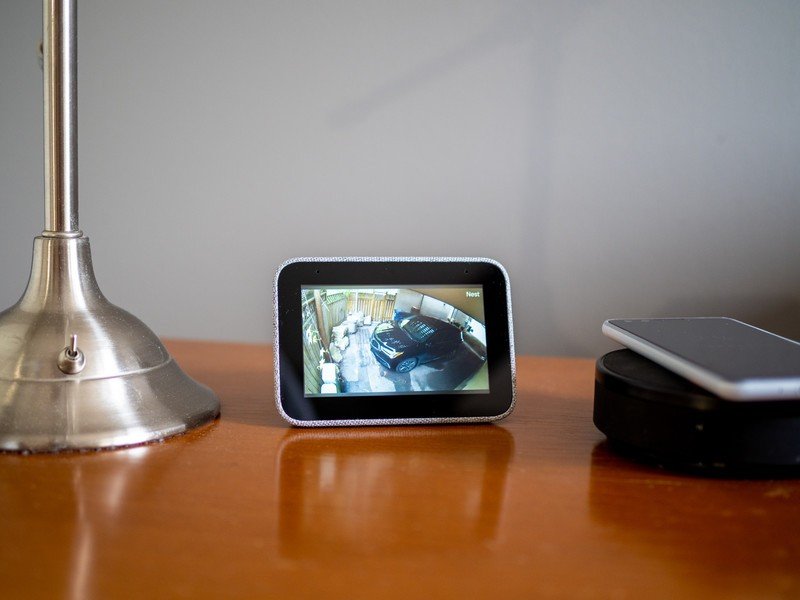
The Smart Clock has a 1.5-inch, 3-watt tweeter and two passive radiators that give it more oomph in the low-end, and considerably more volume, than the Echo Spot, but it's also a bit more shrill in the highs. Like the Nest Hub, which sounds much better than this, I wouldn't recommend using the Smart Clock as a dedicated music speaker, but it plays The Beatles' 'A Day in the Life' with enough verve as to put you on the right side of a good mood.
If you tire of the default clock face, Lenovo has thankfully included a dozen or so distinct faces, and within them myriad customization options. You can choose from modern to playful to classic options, and there's also a proper dark mode if you want to keep the palette as black as possible.
Lenovo Smart Clock What needs improvement

The Smart Clock is a purpose-built product, so I can't fault it too much for lacking the incredibly fun and extremely popular Ambient Display feature that's found on every other smart display to date. It would be pretty nice to wake up to rotating views of my dog or daughter, but I understand that seeing photos on a low-resolution 4-inch screen isn't an ideal use case. (You can manually ask it show Google Photos albums or locations, though.)
It's also not designed for video, and isn't a cast target for Android apps like YouTube or Hulu. Being a Google Assistant conduit you can ask it to play YouTube videos, but unlike on the larger smart displays there's no on-screen selection options.
In fact, the on-screen options are minimal to a fault, and you'll be doing a bunch of configuration in the Home app on your phone.
Lenovo Smart Clock Should you buy it?
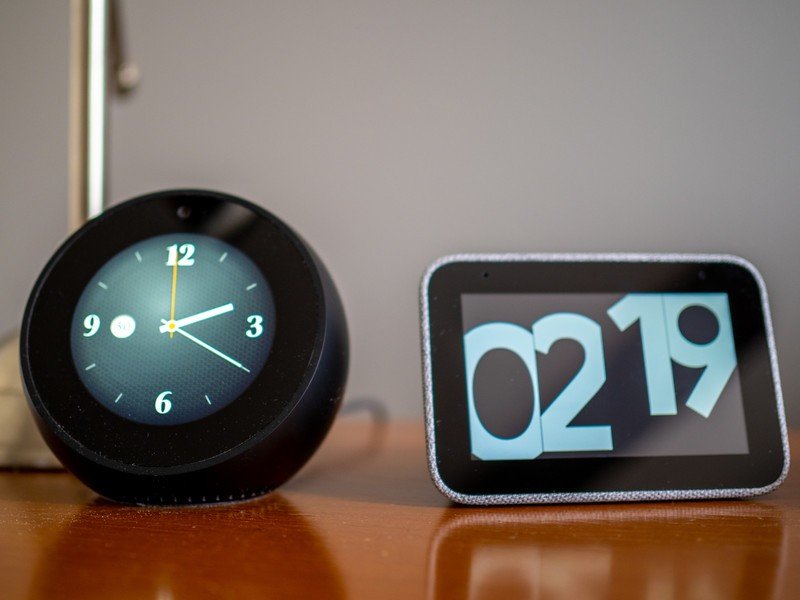
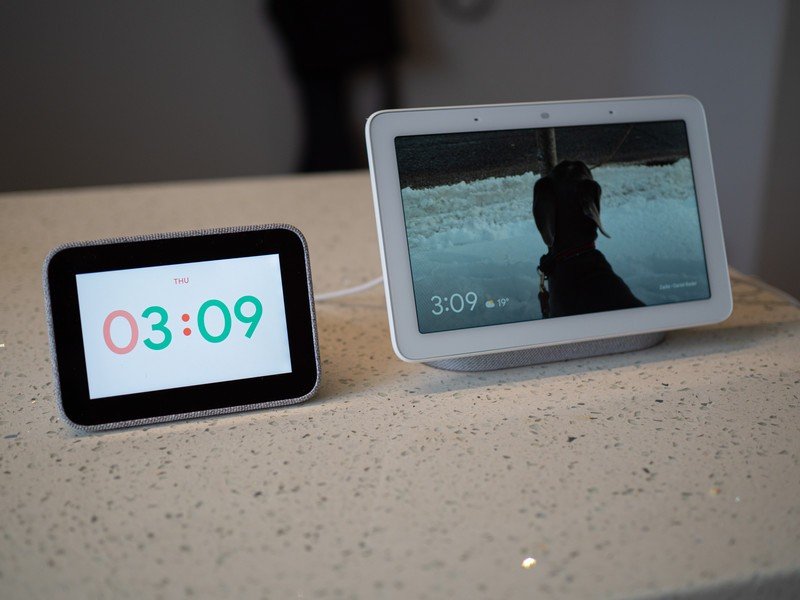
There's definitely a good argument for this product existing, though you can probably find the Google Nest Hub for around $100 without looking too hard. And while it's a bit bigger than this product, it does a lot more, including video streaming and Google Photos ambient display support.
Then there's the newly-announced Amazon Echo Show 5, which we haven't tried yet, but if you're embedded in the Alexa ecosystem it looks to offer a bigger, better screen and slightly better sound for just $10 more than Lenovo.
4 out of 5
Once again it comes down to a question of price and, most importantly, platform. The Smart Clock does for the Google Assistant ecosystem what the Echo Spot did in 2017, but cheaper and with a more accessible design.
Daniel Bader was a former Android Central Editor-in-Chief and Executive Editor for iMore and Windows Central.
